As Monster Hunter Wilds approaches release, the extent of scope has positioned it as an apparent true sequel to the scale of World before it. Although it may have primarily stood out through its elevation of the series’ environments and general mechanics, the latest upcoming title is combining a focus on innovative monsters with a similar direction in scale. With a comparable emphasis on sprawling maps and a fresh roster of monsters with unique gimmicks, the selection of creatures in Monster Hunter Wilds‘ recent beta test has shown off the seemingly innovative line-up the title is set to provide compared to its predecessors.
In following World‘s promotional strategy, Monster Hunter Wilds held a beta that highlighted how similar the generational debut titles are. However, with the standout Rey Dau, a lightning-themed Flying Wyvern, (which initially showed flagship potential) making an appearance in the beta, it’s become clear that the upcoming game is ramping up its ambitious bestiary through dramatic encounters in the early game.
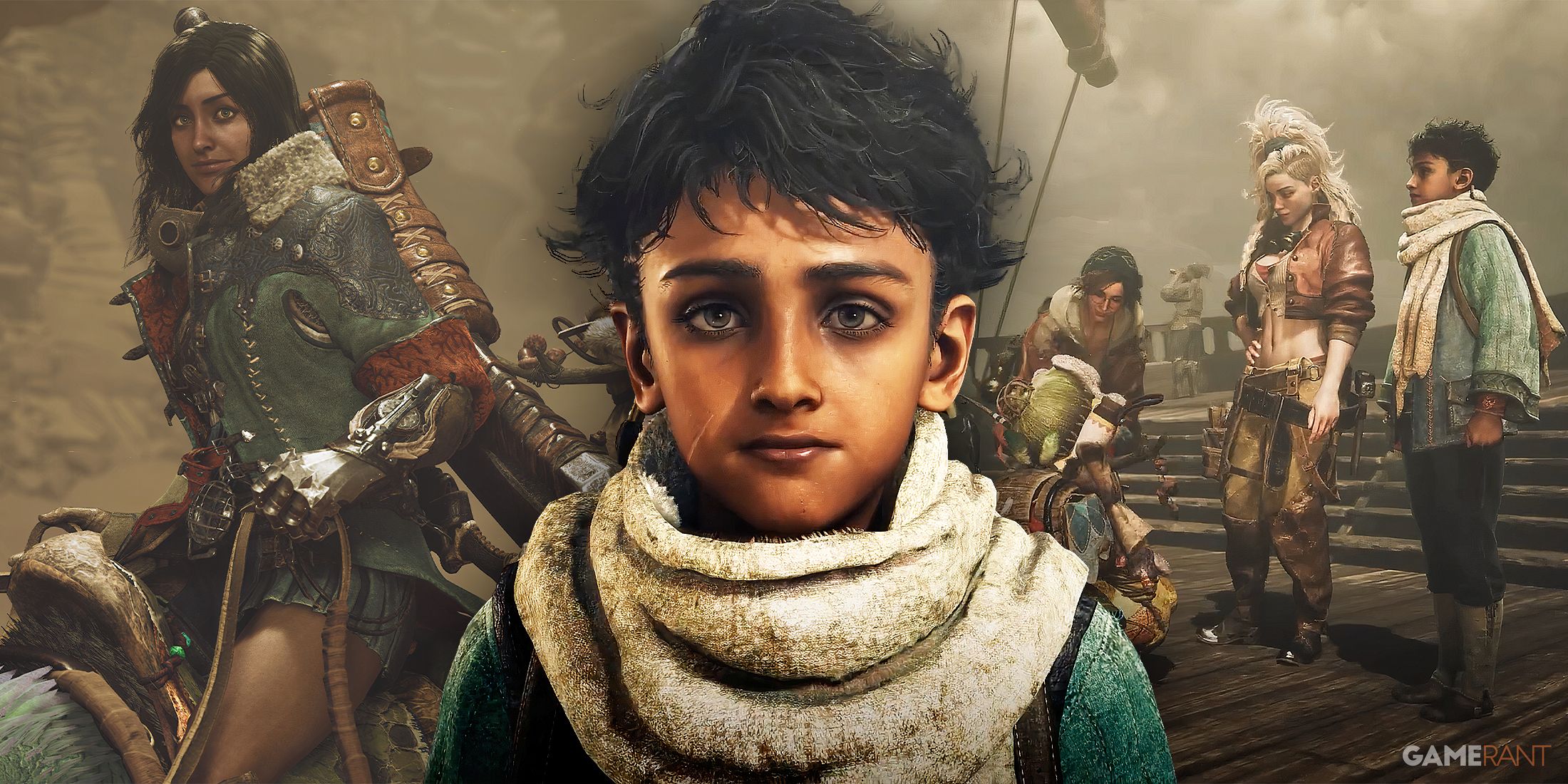
Related
Monster Hunter Wilds Placing More Emphasis on One Series Aspect Could Be a Knockout
Monster Hunter Wilds seems to be placing more of an emphasis on one aspect that the rest of the series has largely placed on the back burner.
Monster Hunter Wilds’ Rey Dau Seems to Parallel Monster Hunter World’s Anjanath and Great Jagras
Beta Showcases of What New Monster Hunter Generations Have to Offer
Like World‘s Anjanath and Great Jagras, Rey Dau’s role in Moster Hunter Wilds seems centered around establishing the game’s novel mechanics and tone. While the dinosaur-like Anjanath and ecology-themed Great Jagras were indicators of World‘s reboot-like focus, Wilds’ new electric Flying Wyvern is an omen for a more intense experience than ever before in the series, if it’s only a taste of what is still to come.
Ties to New Monster Hunter Mechanics
Great Jagras and Anjanath provided a first look at Turf Wars and monsters eating each other, and Wilds‘ new weather mechanics like Sandtide have gotten to shine through connections to Rey Dau. By being more likely to appear during these weather events and taking advantage of the atmosphere with its electric abilities, Rey Dau earns its position at the top of the Windward Plains’ food chain, just like its predecessors did for their earlier level in the Ancient Forest of Monster Hunter World.
Rey Dau as a Beta Monster Foreshadows an Unprecedented Scale for Monster Hunter Wilds’ Roster
An Early Game Thunderblight Flying Wyvern Signals a Dramatic Progression in Wilds’ Hunts
Unlike its relatively conventional counterparts from the beta of World, Rey Dau represents a striking shift in the design of Monster Hunter‘s overall pacing. Despite the spectacle of its connection to the environment, the placement of Rey Dau in promotional material suggests that it won’t be close to the game’s pinnacle of challenge. This sort of encounter could easily have been relegated to the late or even end game of the series’ earliest titles, but being present as early as a beta can only mean that Wilds is set to deliver a monster roster that defies traditional expectations of complexity.
Rey Dau’s Lack of Exclusivity is in Line with Rumors of a New Monster Classification
A recent set of major Monster Hunter Wilds leaks claim that the game will likely feature a story centered around an entirely new type of monster, with the flagship Arkveld falling under that category. Assuming this type becomes the focus of the late game and the scale is accordingly increased to new heights, it would make sense that a Flying Wyvern like Rey Dau has been downgraded to the status of earlier hunt. More straightforward Brute and Fanged Wyverns acted as the introduction to World prior to its full release, but what’s been featured in Wilds‘ own beta may mean that power scaling has permanently gone up for the franchise.
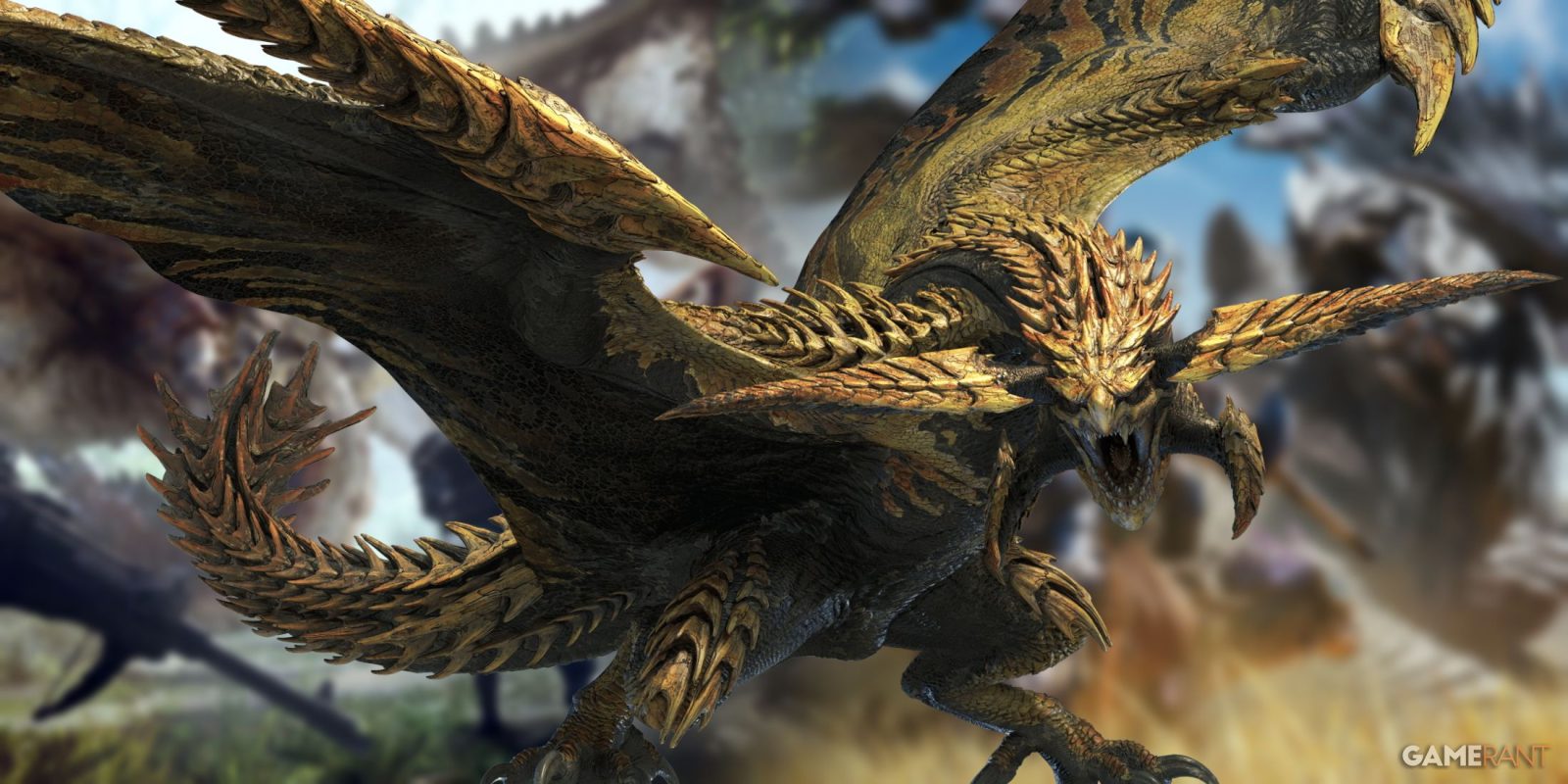
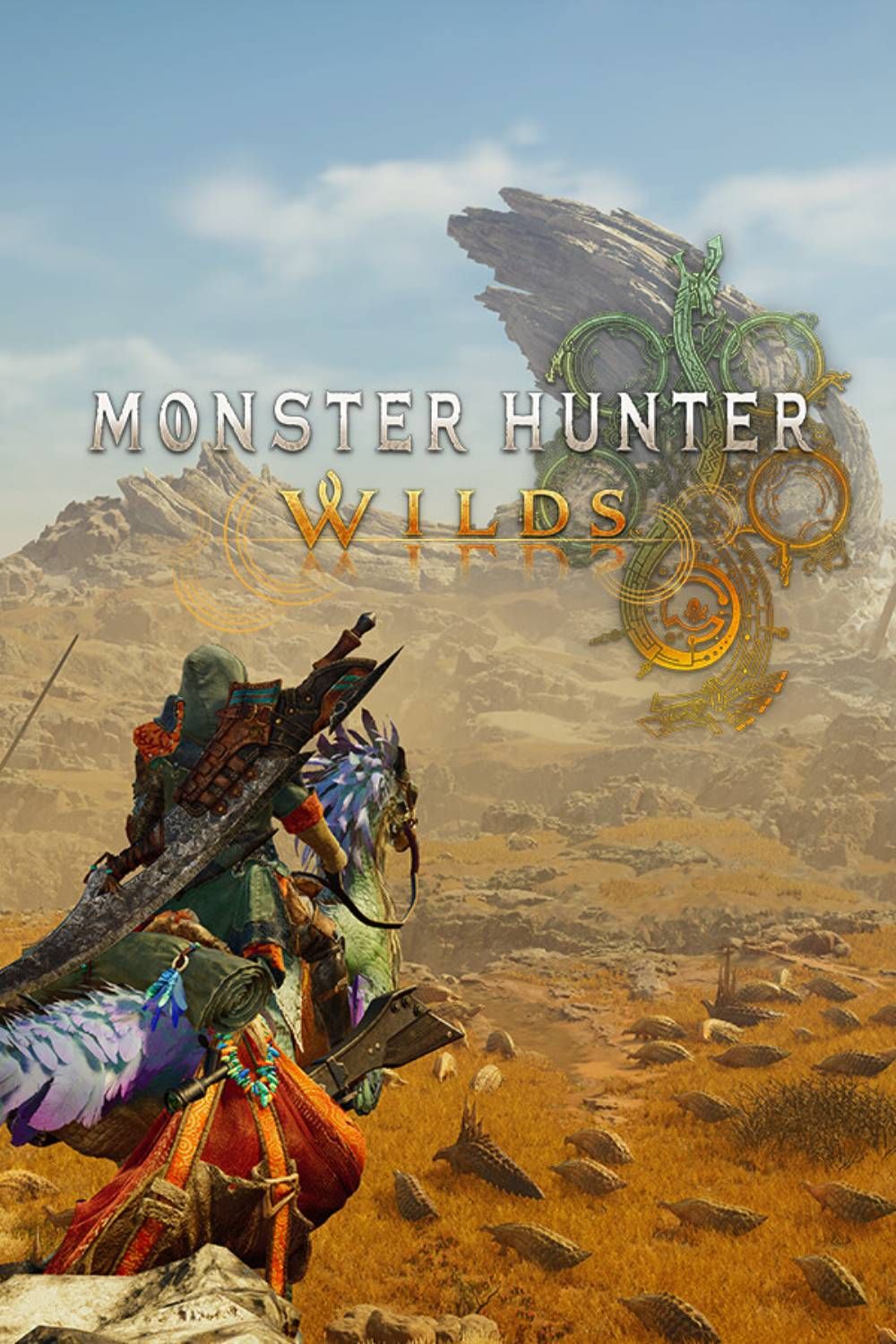
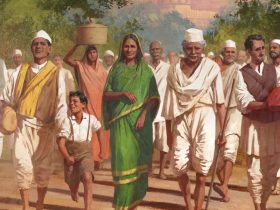


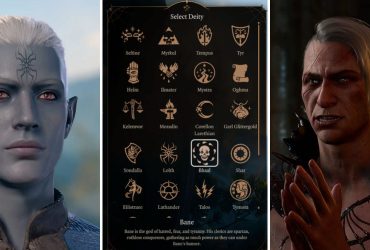


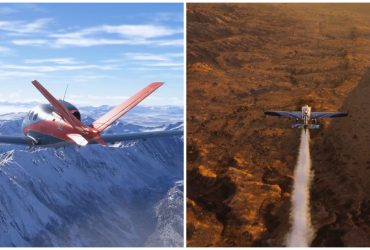
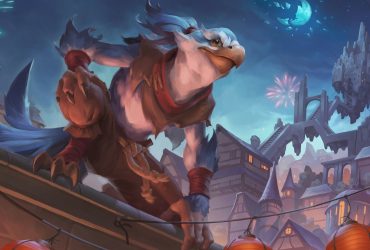
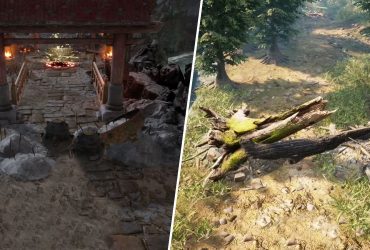
Leave a Reply